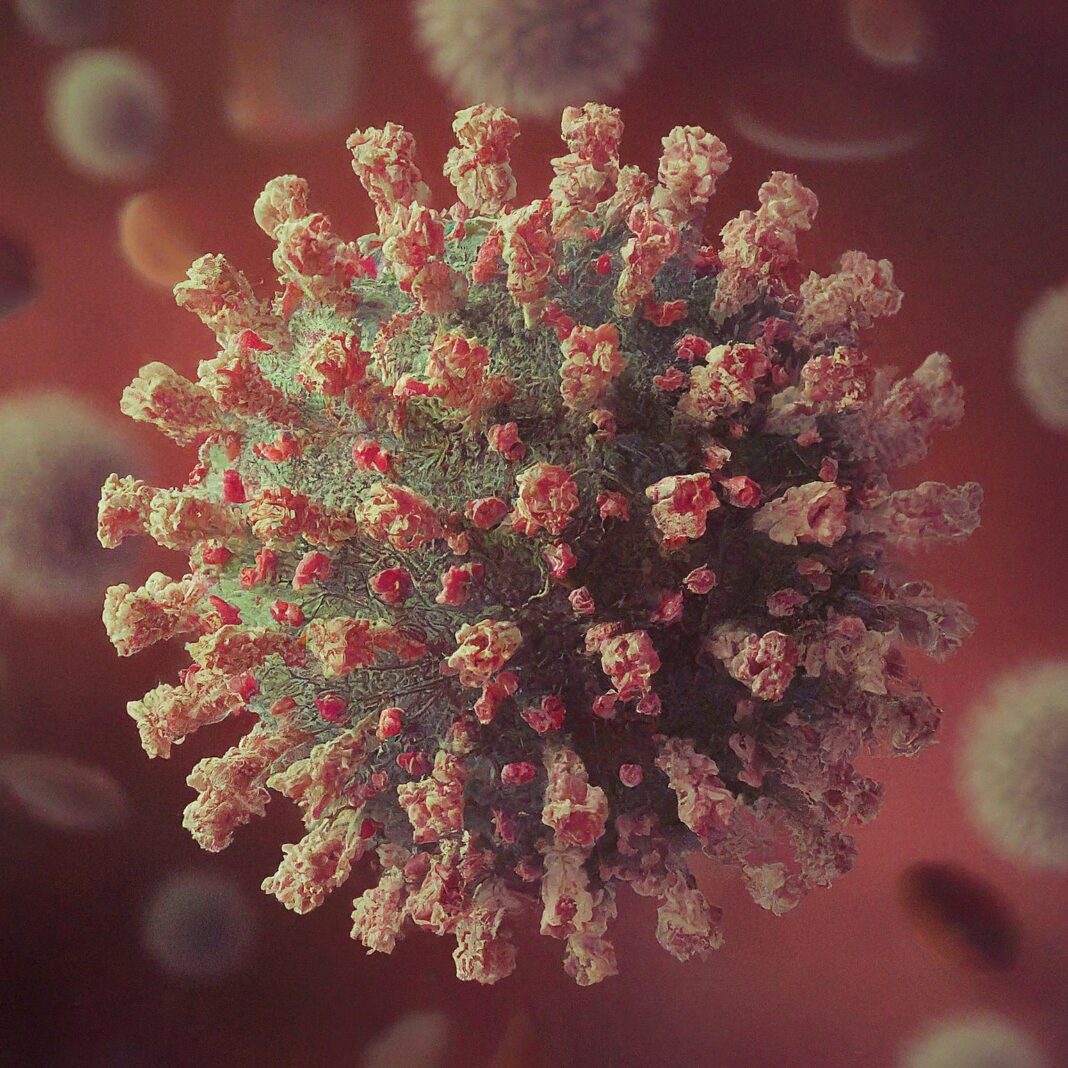During the early phase of the COVID-19 pandemic, the world was gripped by uncertainty and fear. As the virus spread rapidly, there was a desperate need for effective treatments and preventive measures. Amid this chaos, three unproven therapeutics—hydroxychloroquine, remdesivir, and convalescent plasma—gained significant attention in the U.S. news media. A recent study from researchers at Wake Forest University School of Medicine has analyzed how these therapeutics were portrayed by the media and the impact this had on public perception.
Published in the Journal of Medical Internet Research Infodemiology, the study highlights the challenges journalists faced in reporting on these unproven COVID-19 therapeutics during a time of great uncertainty. The research team examined 479 news reports from traditional and online U.S. media outlets, covering the period from January 1 to July 30, 2020. These reports focused on hydroxychloroquine, remdesivir, and convalescent plasma, which were all under investigation in registered clinical studies in the U.S. during this time.
According to Zubin Master, Ph.D., associate professor of social sciences and health policy at Wake Forest University School of Medicine, the early days of the pandemic were marked by a hyper-politicized climate filled with misinformation and a reliance on unsubstantiated science. Journalists had the challenging task of keeping the public informed while navigating this complex landscape. This period also made for an ideal case study to examine how the news media portrayed scientific evidence, particularly regarding these three unproven COVID-19 therapeutics.
The study’s findings revealed that 67% of news reports included some form of scientific evidence when discussing these therapeutics. However, only 24% of these reports referenced scientific publications or journals, which are crucial sources of verified information. This discrepancy suggests that while the media did include scientific evidence, it often lacked the depth and rigor needed to accurately convey the state of scientific research on these therapeutics.
Remdesivir, a drug that was initially considered promising, saw safety and efficacy claims most frequently sourced from federal or state governments with scientific expertise, accounting for 35% of the reports. In contrast, claims about convalescent plasma were primarily backed by experts such as physicians or scientists, mentioned in 38% of the reports. However, hydroxychloroquine, a drug that quickly became controversial, had a staggering 79% of its safety and efficacy claims attributed to prominent individuals, including celebrities and politicians, rather than medical experts.
This reliance on non-expert sources for safety and efficacy claims, particularly for hydroxychloroquine, highlights a critical issue in how unproven COVID-19 therapeutics were portrayed in the media. The study points out that despite the inclusion of scientific evidence, the prominence of non-expert opinions and the lack of detailed scientific discussion often led to a skewed portrayal of these therapeutics. This skewed portrayal could have contributed to public confusion and mistrust in the scientific process.
Master also emphasized the importance of accurately reporting scientific uncertainty, especially during a global health crisis. He noted that journalists might avoid discussing scientific uncertainty to prevent negative audience reactions, while scientists might be reluctant to express uncertainty for fear of losing media interest. This reluctance to acknowledge uncertainty can lead to an oversimplified understanding of complex scientific issues, which is particularly problematic when dealing with unproven COVID-19 therapeutics.
The study also touches on a broader issue within the media landscape: the tendency for readers to engage only with headlines and lead paragraphs. According to the American Press Institute, only 40% of the public reads beyond these sections, meaning that crucial details about the limitations and uncertainties of scientific evidence often go unnoticed. In the context of unproven COVID-19 therapeutics, this trend can lead to a misinformed public, further exacerbating the challenges of managing a public health crisis.
To address these issues, the study’s authors suggest that journalists should strive to present scientific evidence and uncertainty more prominently in their reports. By doing so, the public can gain a clearer understanding of how science evolves and why public health recommendations might change as new information becomes available. This approach could help build more trust and confidence during future public health emergencies, ensuring that the portrayal of unproven therapeutics in the media is both accurate and responsible.
In conclusion, the media portrayal of unproven COVID-19 therapeutics during the pandemic’s early phase reveals significant challenges in communicating scientific evidence to the public. As we reflect on this period, it is crucial to consider how media coverage can be improved to better inform the public and foster trust in the scientific process. By acknowledging the limitations and uncertainties inherent in scientific research, the media can play a vital role in guiding public understanding during times of crisis.
Potential Links:
- Journal of Medical Internet Research Infodemiology (https://www.jmir.org/)
- Wake Forest University School of Medicine (https://school.wakehealth.edu/)
- American Press Institute (https://www.americanpressinstitute.org/)











